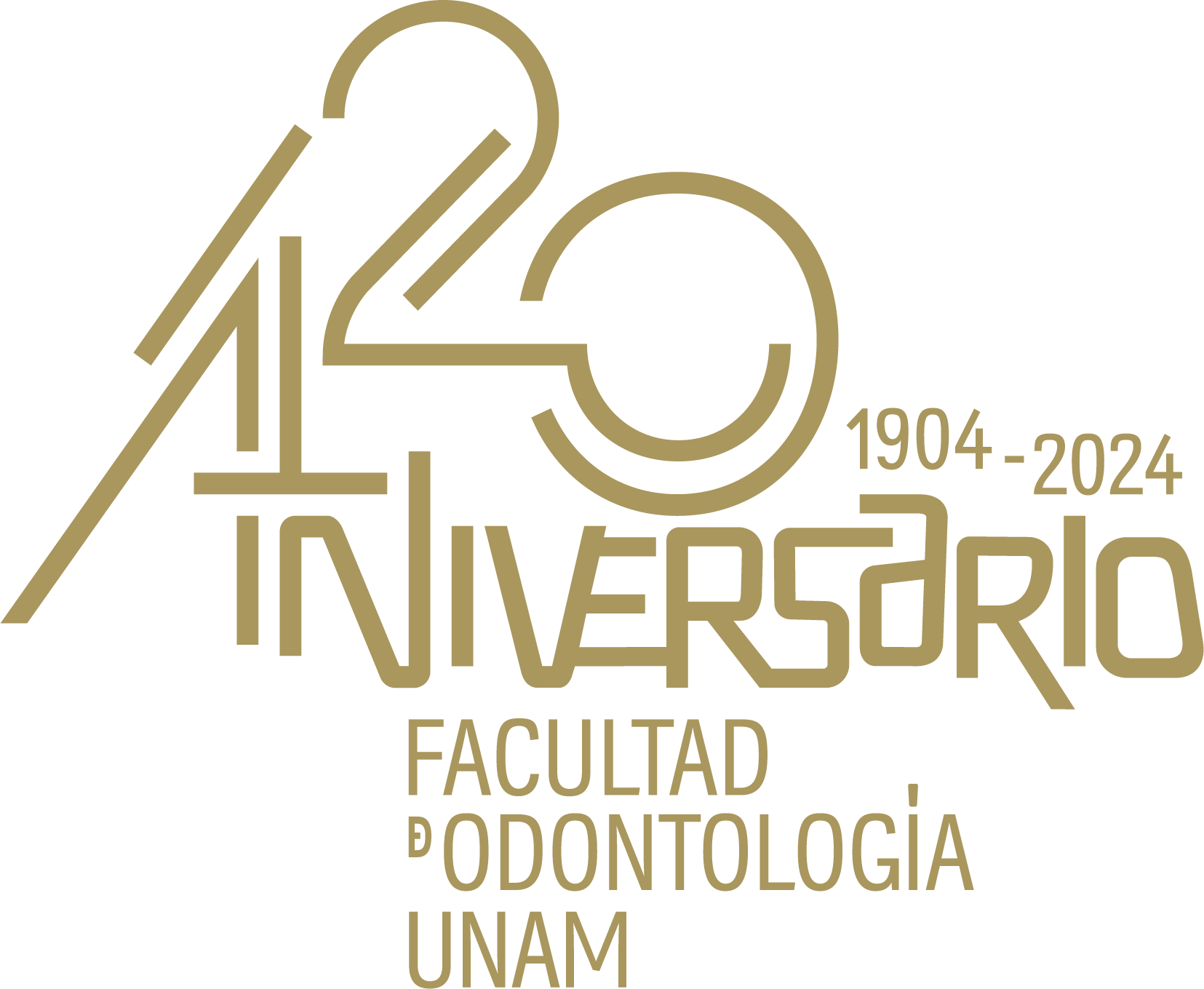Registro completo de metadatos
| Campo DC | Valor | Lengua/Idioma |
|---|---|---|
| dc.rights.license | https://creativecommons.org/licenses/by-nc-nd/4.0/legalcode.es | - |
| dc.creator | Méndez Ordóñez, Francisco Shamed | - |
| dc.creator | García García, Gisel | - |
| dc.creator | Ruíz Díaz, Roberto | - |
| dc.creator | Guzmán Valdivia Gómez, Isaac | - |
| dc.date.accessioned | 2025-01-29T00:11:07Z | - |
| dc.date.available | 2025-01-29T00:11:07Z | - |
| dc.date.issued | 2018 | - |
| dc.identifier.issn | 2395-9215 | - |
| dc.identifier.uri | https://ru.odonto.unam.mx/handle/123456789/31863 | - |
| dc.description.abstract | There are several ways to treat biprotrusive class I and they are directly related to the severity of the case. The most common form of treatment includes the extraction of maxillary and mandibular first premolars, as well as retraction of the anterior segment to reduce bimaxillary biprotrusion. A new treatment alternative for this kind of malocclusion is bimaxillary distalization with the use of mini implants, which in addition to guaranteeing a maximum anchorage will allow us to move multiple teeth in a single direction with controlled movements. Material and methods: Four miniimplants were placed for maximum anchorage (two 10 mm infracygomatic mini-implants and two 12 mm mini implants in the mandibular shelf) to perform a bimaxillary distalization. Passive self-ligating brackets were placed with elastic chains to perform mass distalization of both arches. Results: Mini implants proved to be an effi cient alternative for the correction of moderate bimaxillary protrusion; distalization was performed until molar class I and canine class I on both sides was obtained, as well as a normal overjet and overbite. Among the esthetic facial changes achieved was a decrease in the biprochelia. Conclusions: Treatment of biprotrusive class I will depend on the severity of the case but mini implants prove to be an interesting option for the treatment of this kind of malocclusion. | - |
| dc.language | eng | - |
| dc.publisher | Universidad Nacional Autónoma de México. Facultad de Odontología | - |
| dc.rights | La titularidad de los derechos patrimoniales de esta obra pertenece a las instituciones editoras. Su uso se rige por una licencia Creative Commons BY-NC-ND 4.0 Internacional, https://creativecommons.org/licenses/by-nc-nd/4.0/legalcode.es, fecha de asignación de la licencia 2019-01-17, para un uso diferente consultar al responsable jurídico del repositorio por medio del correo electrónico revistamexicanadeortodoncia@gmail.com | - |
| dc.subject | Bimaxillary distalization | - |
| dc.subject | mini-implants | - |
| dc.subject | bimaxillary protrusion. | - |
| dc.subject.classification | Ciencias Biológicas, Químicas y de la Salud | - |
| dc.title | Corrective treatment of a moderate class I bimaxillary dentoalveolar protrussion: bimaxillary dentoalveolar distalization with mini-screws | - |
| dc.type | Artículo Técnico-Profesional | - |
| dcterms.provenance | Universidad Nacional Autónoma de México. Facultad de Odontología | - |
| dc.description.repository | Repositorio Universitario de la Facultad de Odontología, https://ru.odonto.unam.mx/ Facultad Odontología | - |
| dc.rights.accessrights | Acceso abierto | - |
| dc.identifier.url | https://revistas.unam.mx/index.php/rmo/article/view/68256/60330 | - |
| dc.identifier.bibliographiccitation | Méndez Ordóñez, Francisco Shamed, et al. (2018). Corrective treatment of a moderate class I bimaxillary dentoalveolar protrussion: bimaxillary dentoalveolar distalization with mini-screws. Revista Mexicana de Ortodoncia; Vol. 6 Núm. 2, 2018. | - |
| dc.relation.ispartofjournal | Revista Mexicana de Ortodoncia; Vol. 6 Núm. 2 (2018) | - |
| Aparece en las colecciones: | Revistas | |
Los ítems de DSpace están protegidos por copyright, con todos los derechos reservados, a menos que se indique lo contrario.

